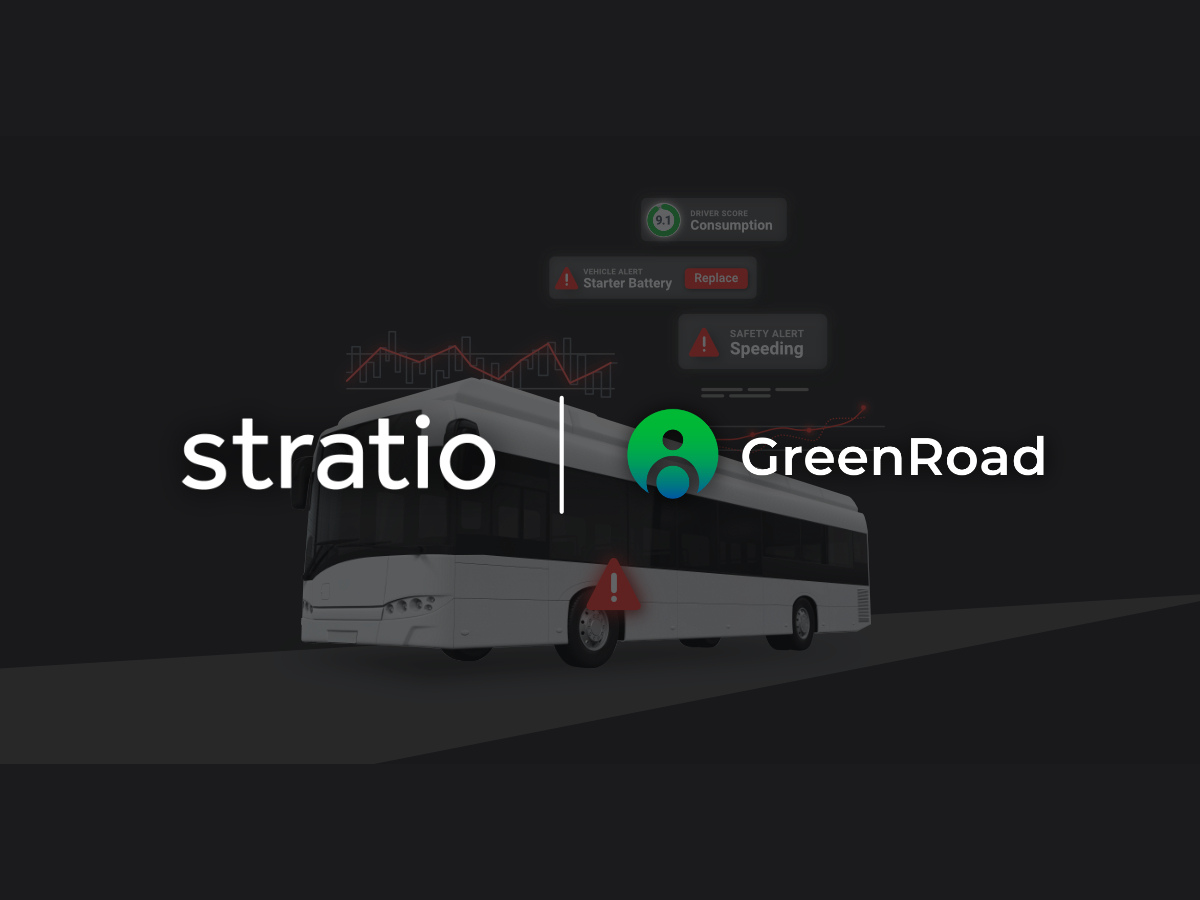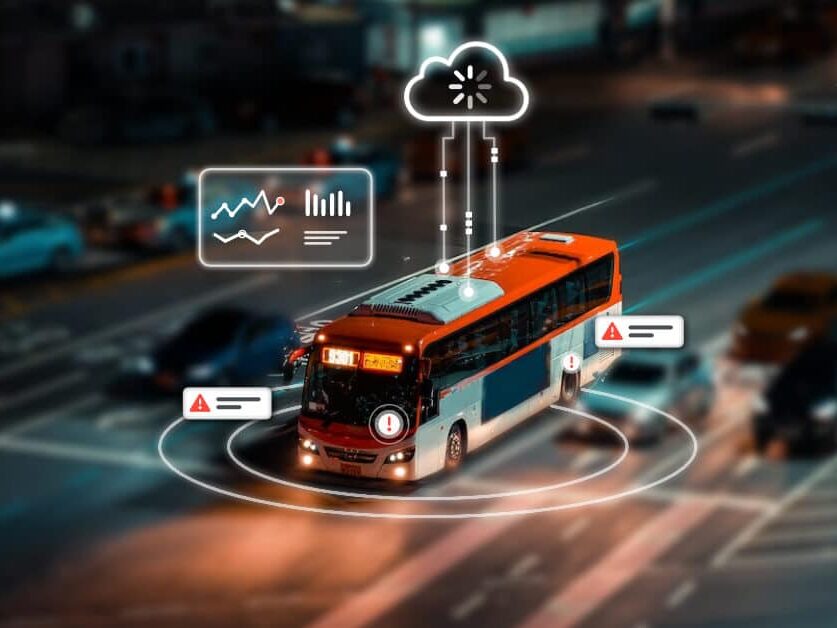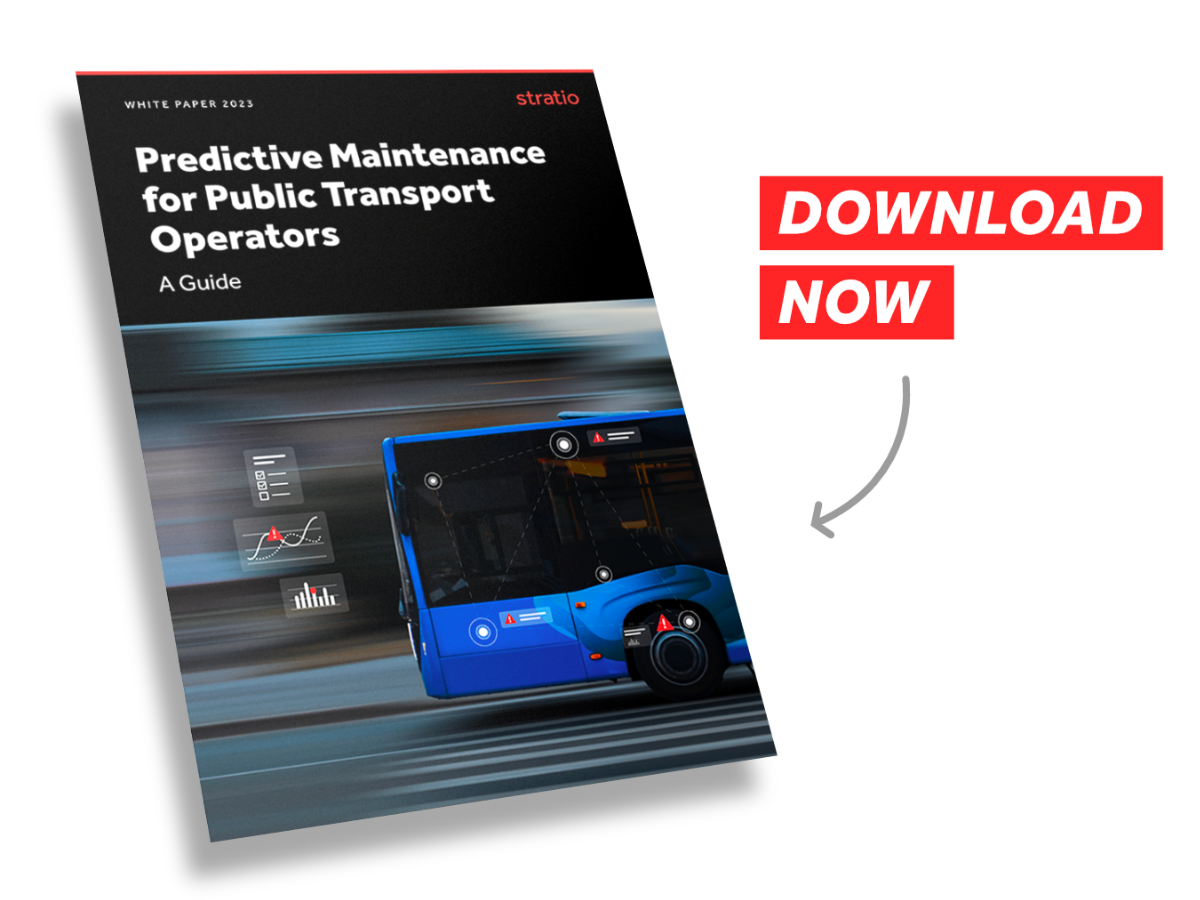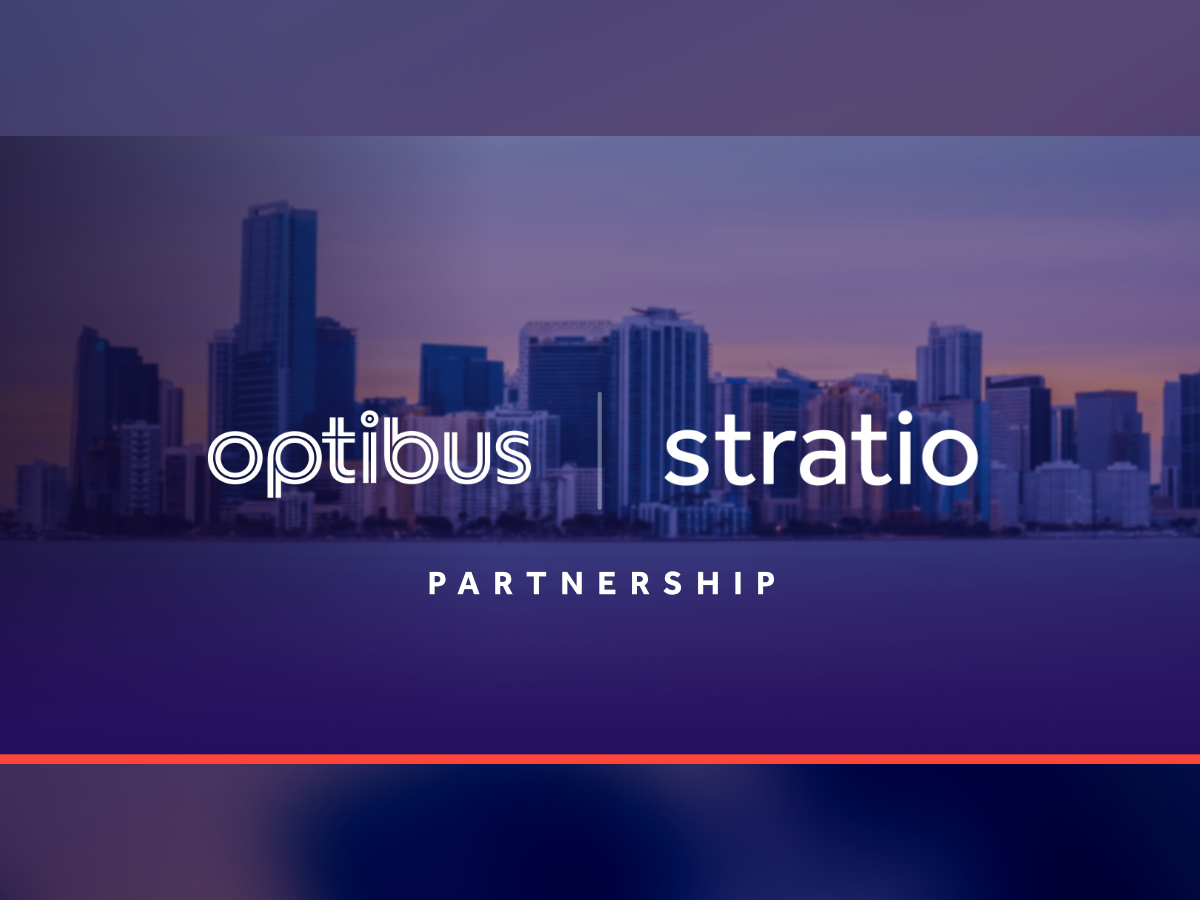Public transport ensures that those who don’t own a private vehicle aren’t cut off from work, education or healthcare. It is also an essential piece of the puzzle in the fight against climate change, as it represents a much more sustainable option than personal cars.
However, the recent COP27 Summit highlighted how much public transportation is overlooked when it comes to governments’ climate strategies. Most of the focus is directed towards the electrification of vehicles, with little to no mention of shared mobility as part of the solution. And while EV transition is certainly key to reducing greenhouse gas emissions, it is important to notice that a single journey by bus pollutes 82% less than the same journey by car. With power grids not being clean in most parts of the world, incentivising the use of public transport services as an alternative to personal vehicles has the potential to dramatically accelerate the achievement of climate objectives.
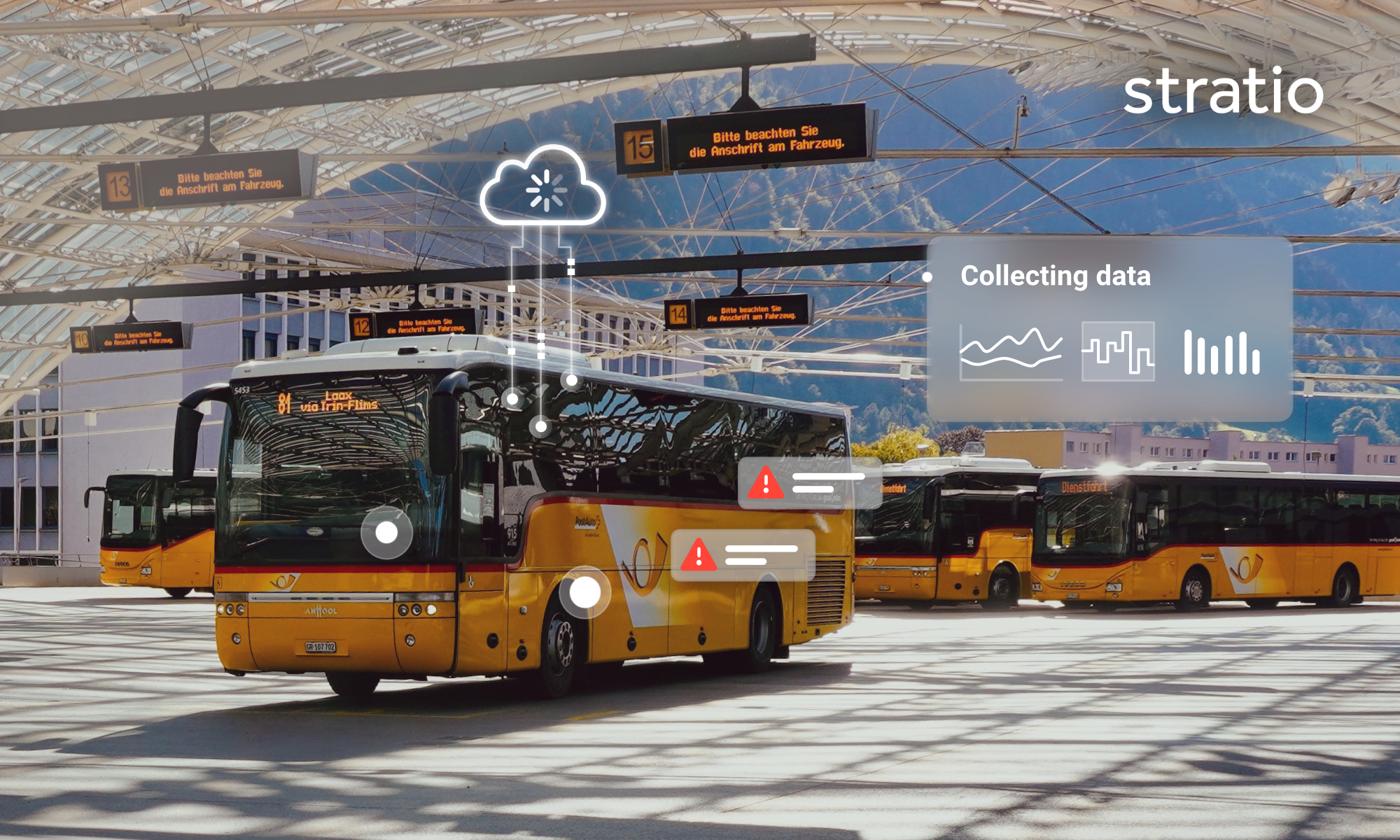
In order to leverage the socio-environmental benefits of public transport networks, we need to first increase passengers’ trust with the promise of getting them where they need to be, when they need to be there. Increasing public transport ridership would create a virtuous cycle of shorter commute times, lowered greenhouse gas emissions, and a democratised access to services and opportunities.
But to guarantee reliability, we need to turn our attention back on the most crucial component of public transport: the vehicle.
A Visibility Problem
Transport operators, despite disposing of an extensive arsenal of tools, do in fact lack visibility over their main asset. They are essentially operating like a doctor without access to X-ray technology – doing something impressive, but without a level of visibility that would make their job 100 times easier.
The issue derives from the fragmentation of vehicle data. OEMs have access to vehicle technical data, but only from vehicles of their own brand. Despite running extensive batteries of tests, the vehicle information they can access also excludes operational data, which is crucial to determine if a vehicle is fit to complete a journey without disruptions. Other tools to manage operations are great for things such as scheduling, but offer little to no remote visibility over the state of components.
For this reason, operators should consider tools that are able to automatically collect and analyse vehicle technical data regardless of the vehicles’ brand, model, and type. It is crucial for a successful solution to be agnostic, so as to provide a single view of the state of each vehicle within a multi brand fleet, like most operators’ are.
One Step Further: Predictive Maintenance
Visibility over vehicle technical data unlocks the opportunity to predict component failures before they cause unplanned downtime, which damages people’s trust in public transport services. Solutions like AI predictive maintenance can ingest vehicle sensor data and spot the patterns that indicate an impending breakdown before it occurs. This enables operators to plan servicing schedules so as to prevent any service disruption, while also saving the unnecessary costs of parts replacements that are based on estimates, rather than real-time data.
The other benefit of full vehicle visibility is that it allows service teams and maintenance managers to assess vehicle alerts remotely, prioritising alerts in order of severity. This means that, instead of having to sift through logs and logs of diagnostic trouble codes, the relevant information can be accessed in the same platform, making it easier to determine the best course of action without having to recall a vehicle from the road.
In short, predictive maintenance technology is the new frontier when it comes to maximising vehicle availability and ensuring that buses stay on the road, where they need to be, serving passengers.
EV Transition and Predictive Maintenance: An Added Bonus
With the view of reducing harmful emissions as quickly as possible, most governments are incentivising transport operators to transition to electric buses. Such an expensive investment in a new technology makes it even more important for operators to consider tools like predictive maintenance. Making sure that electric buses are on the road for longer and that they are used to run longer distances is the most straightforward way to accelerate a return on investment (ROI) while reaping the other benefits that a reliable, sustainable service can bring.
Additionally, predictive battery analytics can help operators gain visibility over the most expensive component of EVs – the battery pack. By monitoring the state-of-health of EV batteries, and by offering insights into usage optimality, these technologies can extend the lifespan of batteries, further accelerating the journey to cost neutrality.
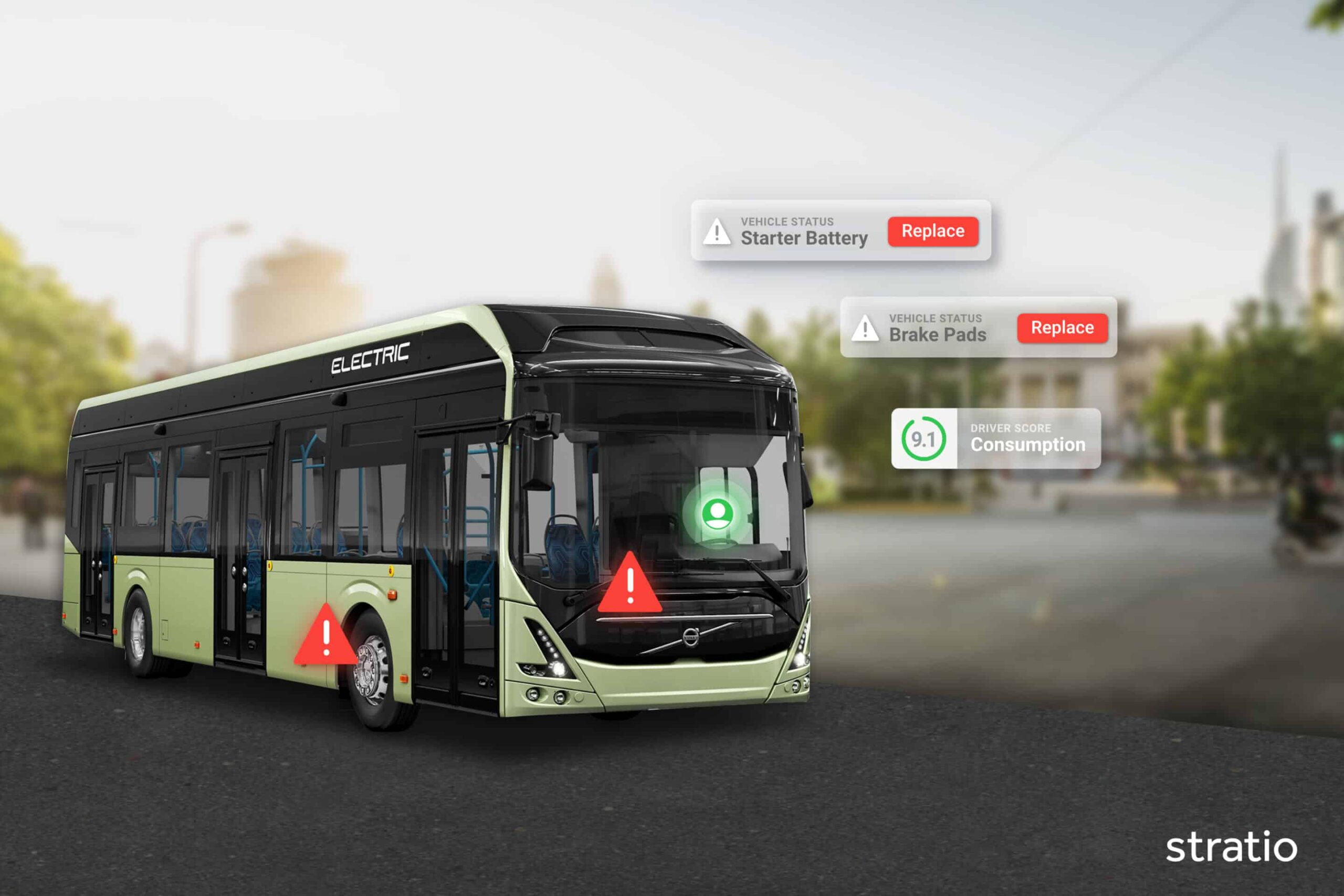
A Future Centered Around Public Transport
To make public transport a viable alternative to private cars, transport operators should leverage the technological advancements that now make it possible to eliminate unplanned downtime. Reliable transport services, paired with an effort from policy makers to incentivise shared mobility over personal vehicles, can truly reshape people’s quality of life, while helping to realise a more sustainable future that is so greatly needed.
This article was originally published by Stratio.



